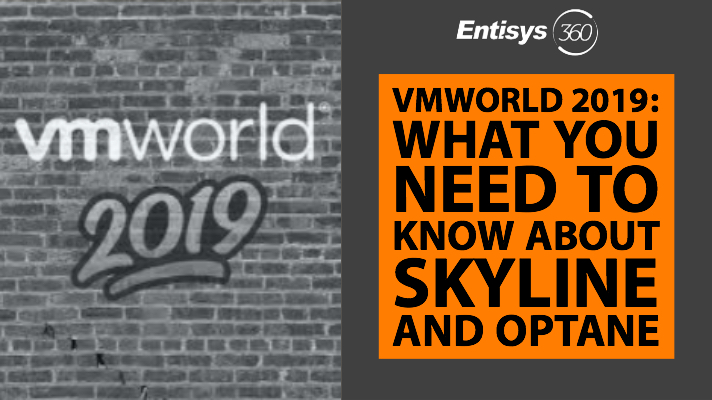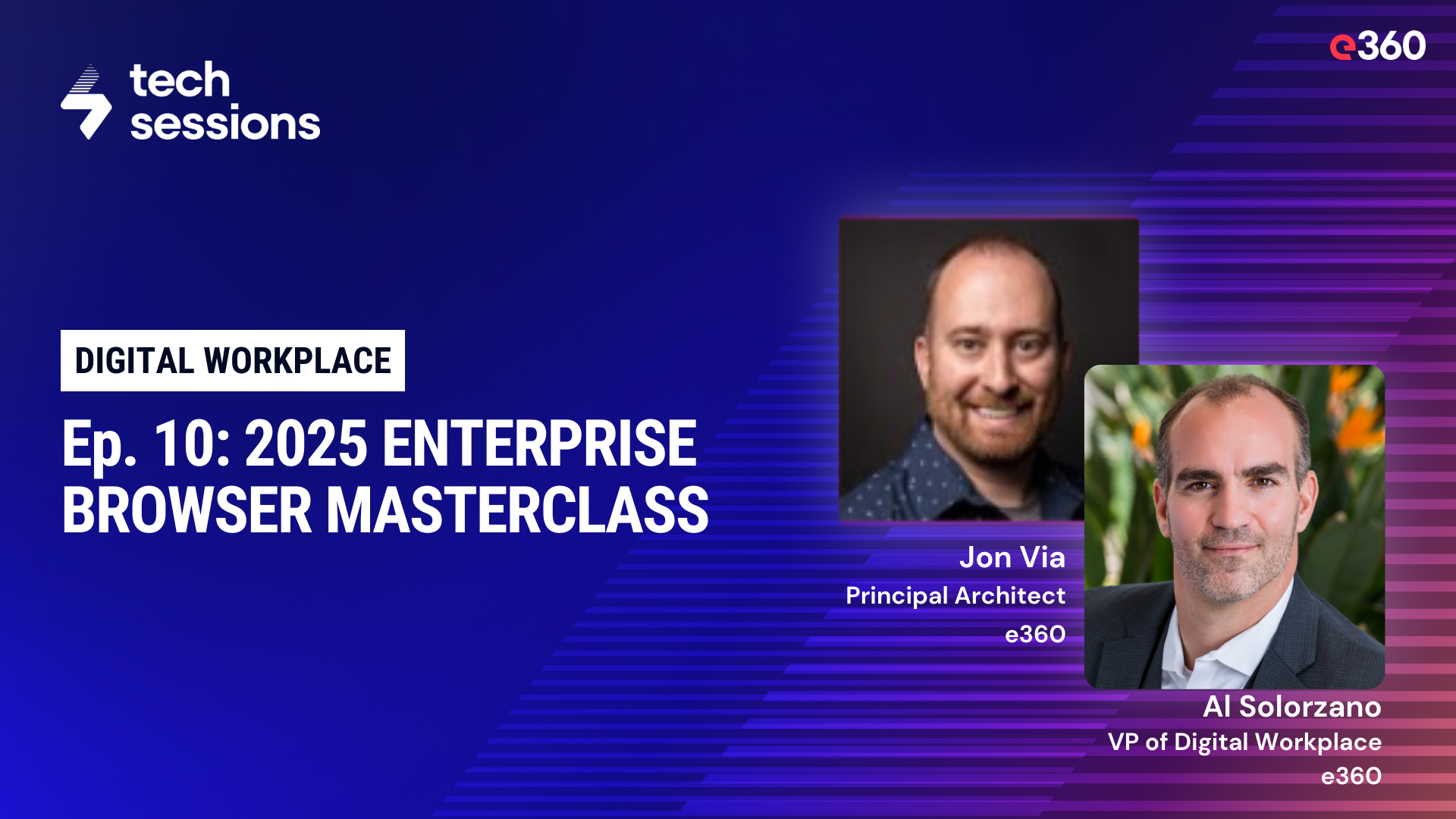The theme of VMworld 2019 centered on how VMware can help your organization create a Hybrid-Multi-Cloud infrastructure leveraging vSphere, NSX and vRealize together as VMware Cloud Foundation (VCF) to create a seamless platform to effortlessly host and migrate between private or public clouds.
In this blog post, we are going to share what you need to know about Skyline, the future all-in-one interface for proactive AI based management and monitoring for your vSphere platforms, and Optane, persistent Memory for a massive increase in available RAM or memory speed storage.
SKYLINE
vRealize has continued to evolve from a vSphere to monitoring, alerting, and reporting application to a fully featured Hybrid-Multi-Cloud datacenter automation, operations, reporting and alerting interface for all of your vSphere based datacenter platforms.
For me, the biggest announcement was ‘Project Magna,’ which is VMware’s response to HPE’s Infosight and Cisco’s Intersight, which brings an uncanny level of intelligence to datacenter operations. Each of these vendors want to make management and proactive troubleshooting easier by leveraging AI. With your organization’s consent, they pull your configuration into their cloud database and then process it with their AI. They compare your configuration to other customers who have opted in and can report back to you if your organization has any known mis-configurations, are not following best practices, or if you have a known incompatibility between devices and VMware.
The future for these services is to be completely cloud based, and in addition to making these recommendations, the next phase will be offering your organization a managed service contract where they will remotely address these issues non-disruptively for you, or schedule outage windows to do this maintenance for you.
So, how is vRealize going to make the leap from on-prem OVA to a cloud-native AI-driven, free service from VMware that will continue to add features from vRealize?
At the moment Skyline is focused on vSphere patching for ESXi, vCenter, and NSX. VMware plans to expand into configuration alerting based on AI trending, and eventually hopes to be vendor agnostic by integrating hardware compatibility checks into this platform. In addition, Skyline is integrated with VMware support, allowing them to view your baselines and logs, or collect logs for you, which can save you hours of time and frustration when opening a new case. Skyline deploys a single OVA as a data collector, and since it is a free service, I highly recommend you try this out in order to become familiar with an important future tool for managing vSphere.
In short, I believe Skyline is the future of vRealize and AI management and it is only going to make things easier, so deploying it now while it is free is a great opportunity to take advantage of a promising important future product.
OPTANE
For me, the most exciting part of VMworld was hearing the latest news from Intel on Optane on ESXi. If you have been following Optane news you have probably already seen the press releases about the potential of Optane and read about the rules and placement matrix:
But what does this actually look like installed? As noted above, Optane can be used in two ways, App-mode and Memory-mode.
In Memory mode, you can add up to 6TB of memory in a 2 socket ESXi host. As you can see below, the host sees it has both memory and persistent memory. Intel has designed their Optane supported CPUs to utilize this additional memory as a slower memory tier. However, according to Intel despite the tiny performance reduction, they are still able to increase VDI capacity by up to 25% with additional memory.
In App-mode the Optane memory is available as a local datastore. vSphere in 6.7 is aware of it, and will storage VMotion any VMDKs in these local datastores when VMotion or HA is necessary:
In my opinion, persistent memory solutions like Optane are the future for HCI and storage infrastructure. Currently, your VMs or databases are loaded from disk into memory. Until now, developers have had to respect the limits of available memory on a host versus the size of their datasets. With Optane, we are now at a point where it is possible to run anything but the very largest VMs and databases totally in memory! Lowering latency from milliseconds to microseconds!
Optane is estimating that it is 30 percent cheaper than a comparable amount of DRAM, which is a good value. With this price point, in the near future while you run your VM’s and databases in memory, your HCI solution will have the ability to replicate copies of this data to spinning disk, where it can be then be archived, backed up, and replicated to the cloud without adding overhead to your HCI nodes or database servers, since spinning disk is a far cheaper solution for this data.
Another interesting announcement was vSphere 6.7 U3; A less well known new feature is… the ability to change the FQDN of your vCenter! I was actually able to test this in production, and it worked without any issues.
These were just the most interesting things I was able to see at VMworld. Please check out our ‘Meet the Experts‘ presentation we hosted at VMworld for an even deeper dive into the future of Hybrid-Multi-Cloud platforms and infrastructure.










